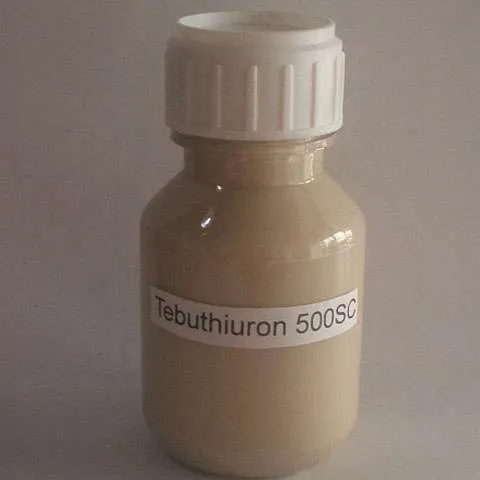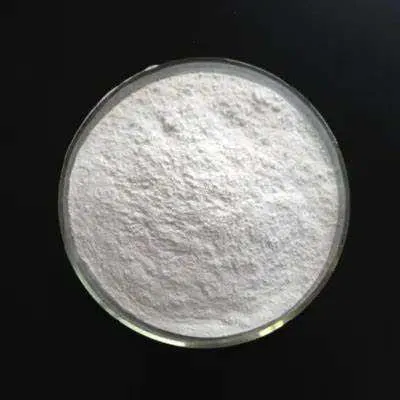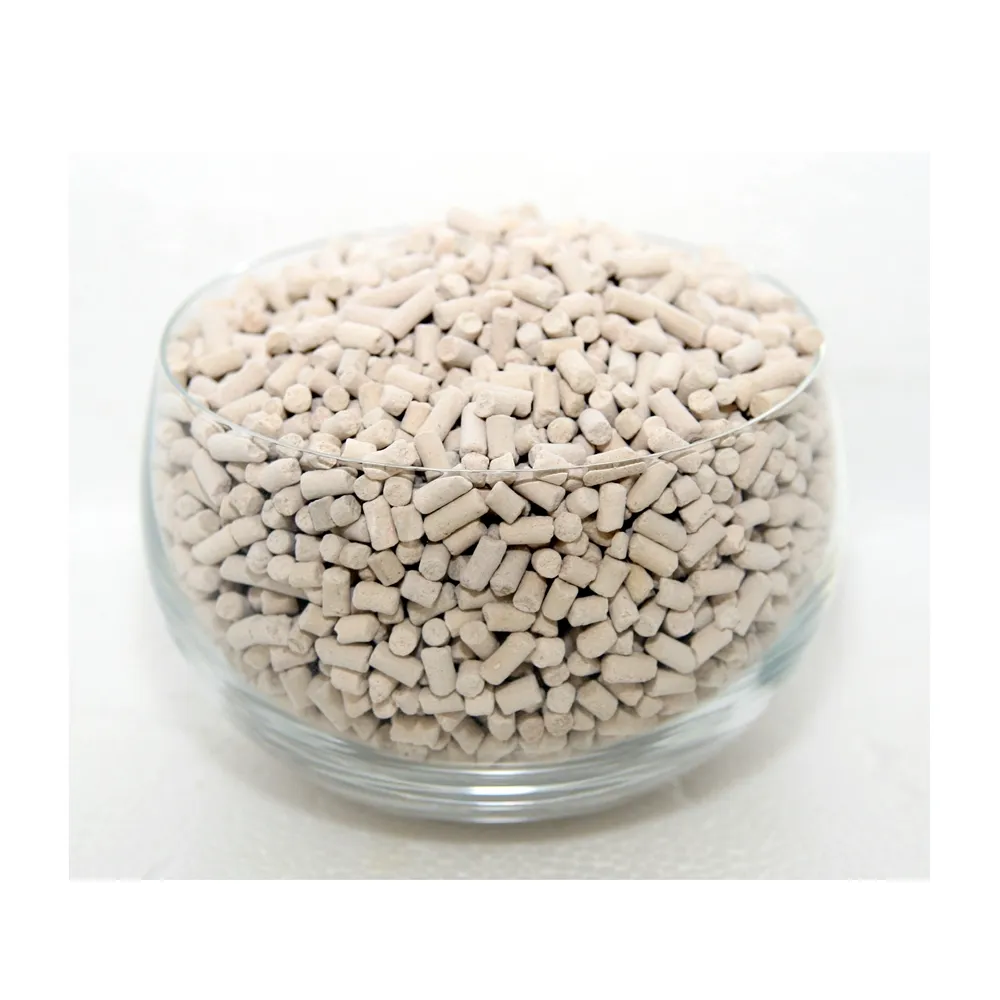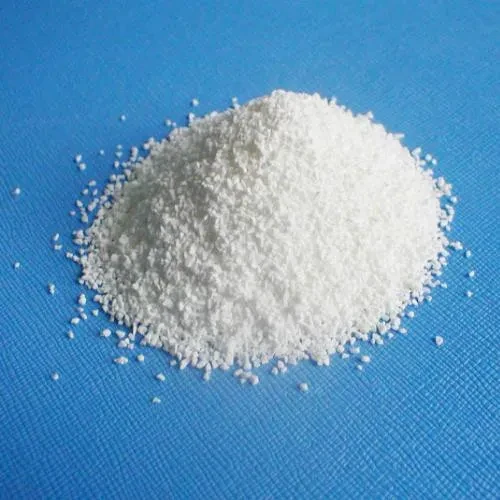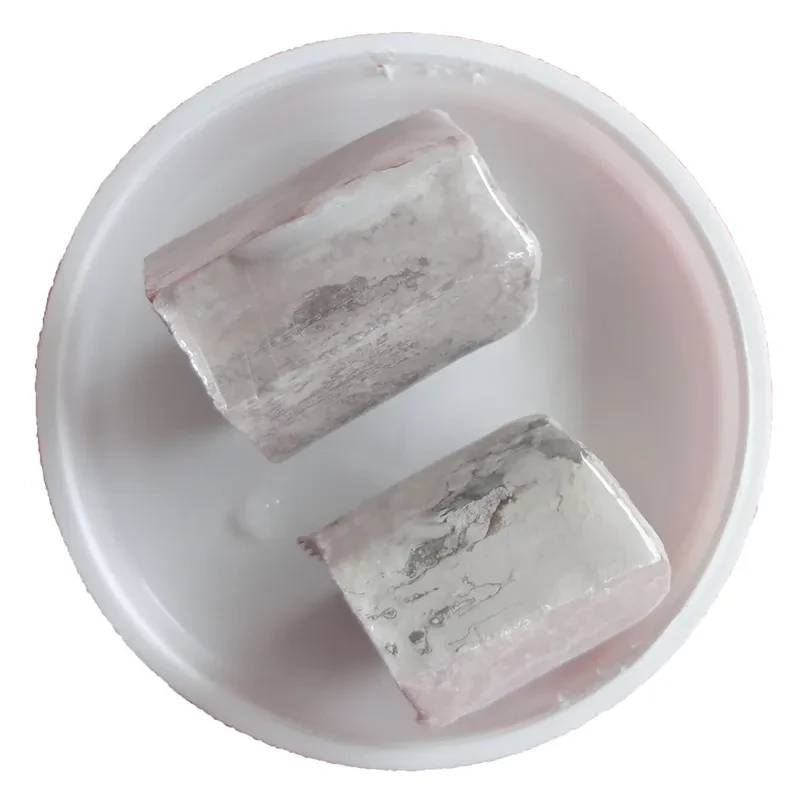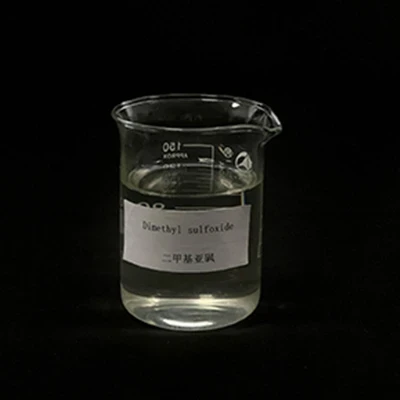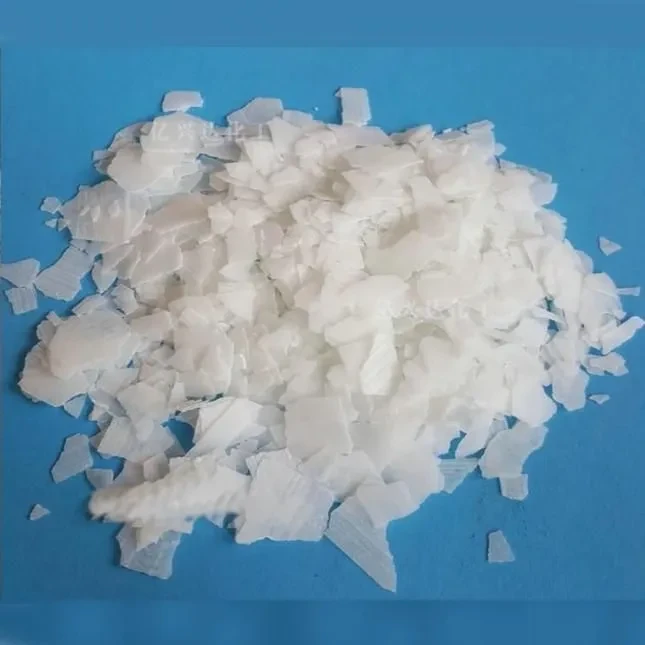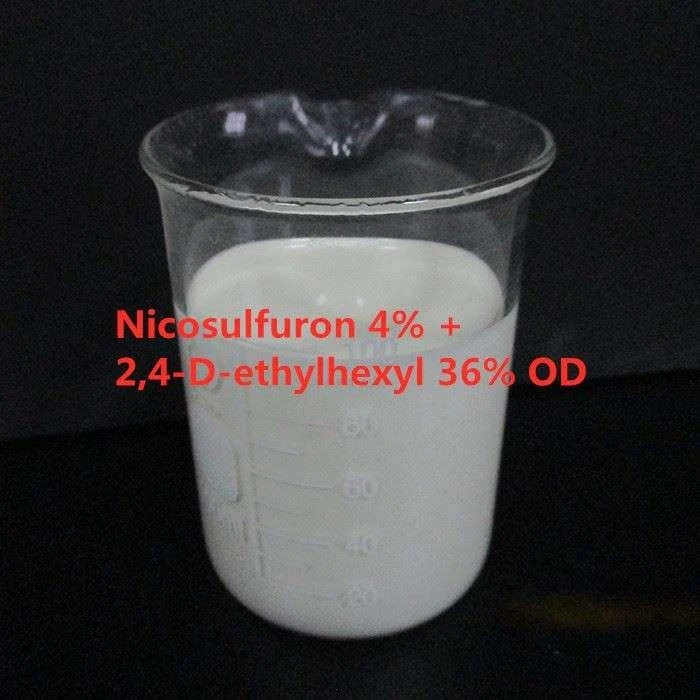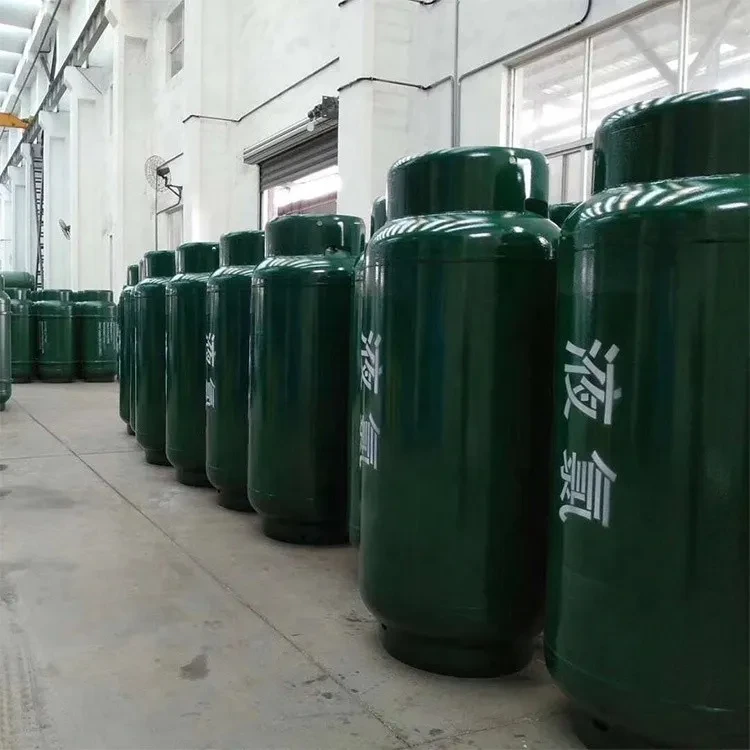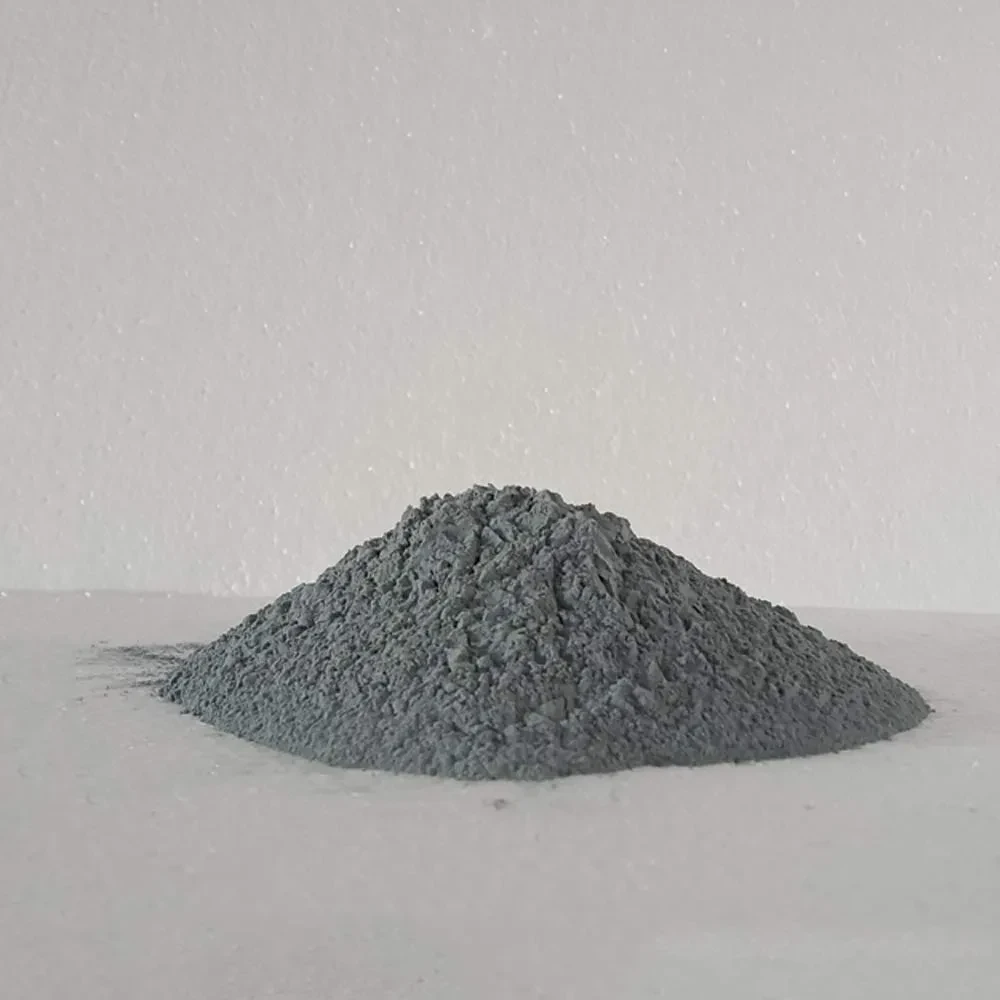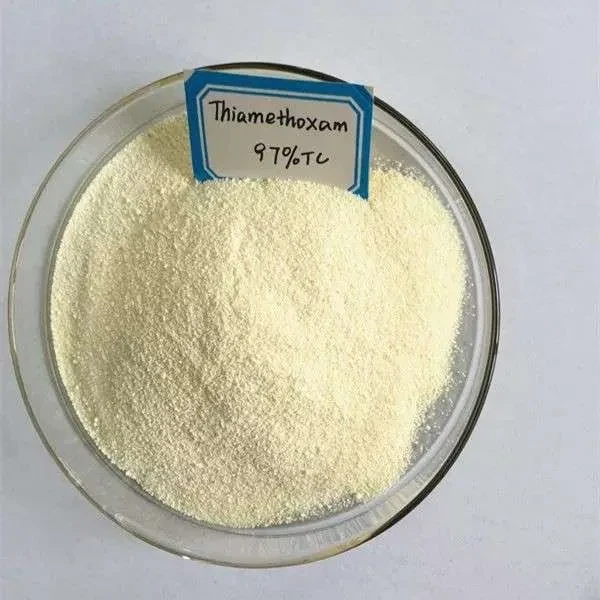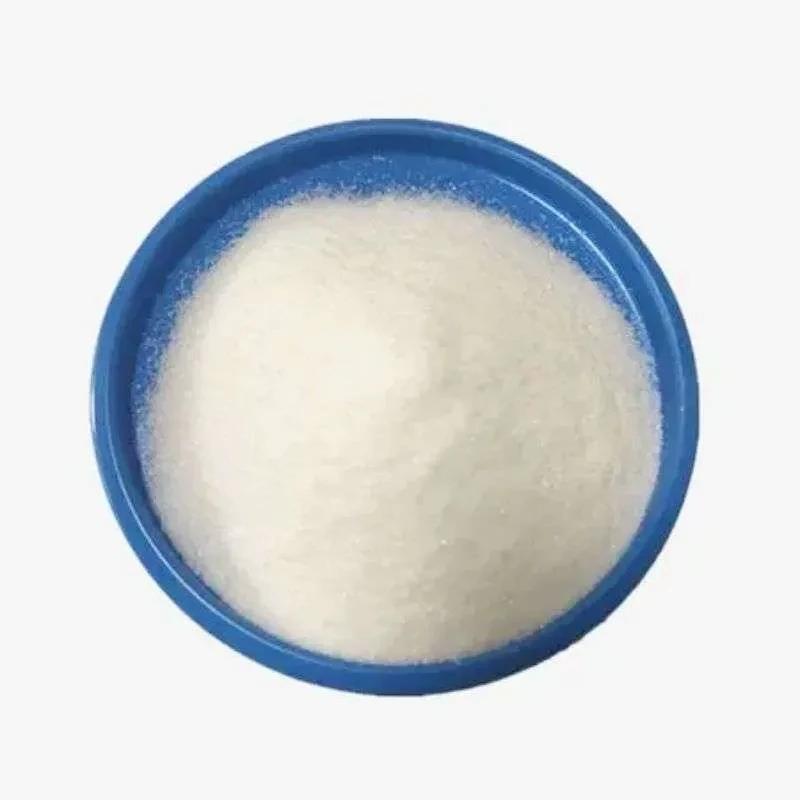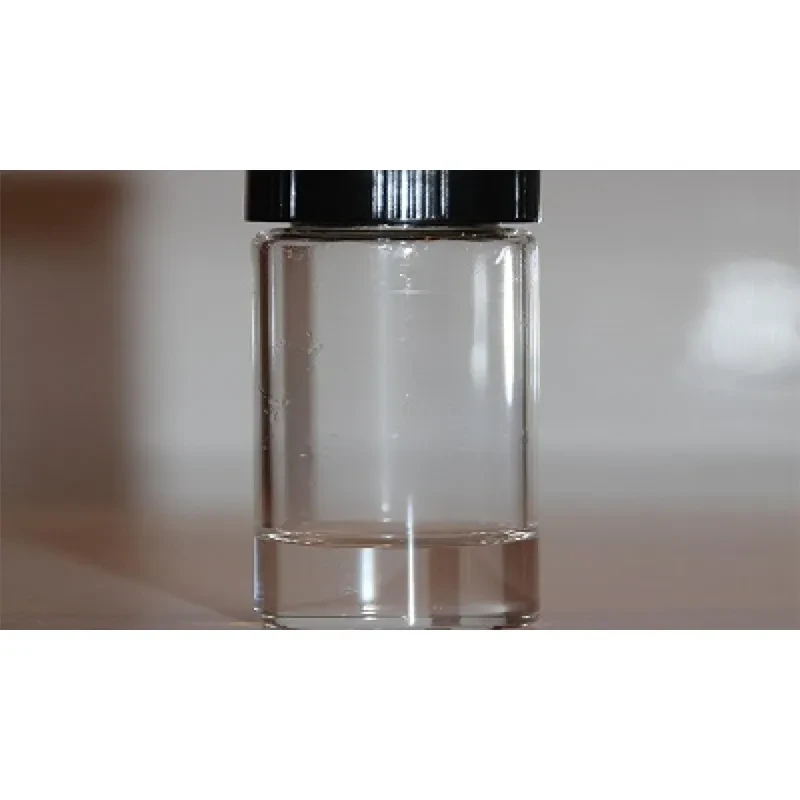Formula: C9H16N4OS
Molecular weight: 228.315
CAS Registry Number: 34014-18-1
Appearance: Tebuthiuron is an off-white to buff-colored crystalline solid with a pungent odor
Chemical Name: 1-(5-tert-butyl-1,3,4-thiadiazol-2-yl)-1,3-dimethylurea
Water Solubility: 2500 mg/L at 25℃
Solubility in Other Solvents: i.s. in benzene and hexane; s.s in chloroform, methanol, acetone, and acetonitrile
Melting Point: 161.5-164 ℃ (with decomposition)
Vapor Pressure: 0.27 mPa @ 25℃
Partition Coefficient: 1.7853 @ 25 ℃ and pH 7
Adsorption Coefficient: 80
ADR/RID
UN number: UN3077
Proper shipping name: Environmentally hazardous substance, solid, n.o.s. (Tebuthiuron)
UN classfication: 9 Subsidiary hazard class
Packing group: III
Marine pollutant: Yes
Hazard statements
H302 - Harmful if swallowed
H410 - Very toxic to aquatic life with long lasting effects
H400 - Very toxic to aquatic life
H371 - May cause damage to the following organs: central nervous system
Precautionary statements-(Prevention)
• Do not breathe dust/fume/gas/mist/vapors/spray
• Wash face, hands and any exposed skin thoroughly after handling
• Do not eat, drink or smoke when using this product
• Avoid release to the environment
Tebuthiuron is a relatively nonselective, soil activated herbicide that acts by inhibiting photosynthesis. A herbicide used to control a broad range of herbaceous, woody, annual and perennial weeds in non-cropland areas, rights-of-way, and industrial sites.
Tebuthiuron is a broad-spectrum herbicide used to control weeds in non-cropland areas, rangelands, rights-of-way, and industrial sites. It is effective on woody and herbaceous plants in grasslands and sugar cane. Weeds that are controlled by tebuthiuron include alfalfa, bluegrasses, chickweed, clover, dock, goldenrod, mullein, etc. Woody plants take a period of 2 to 3 years to be completely controlled.
Tebuthiuron is sprayed or spread dry on the soil surface, as granules or pellets, preferably just before or during the time of active weed growth. It is compatible with other herbicides.



